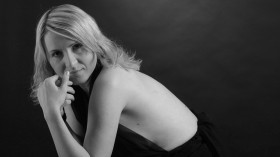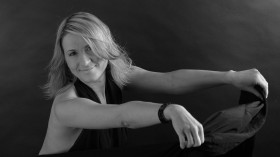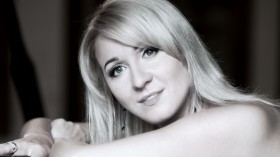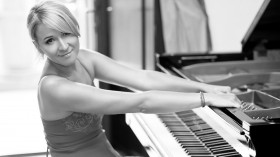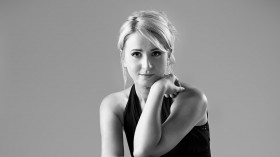
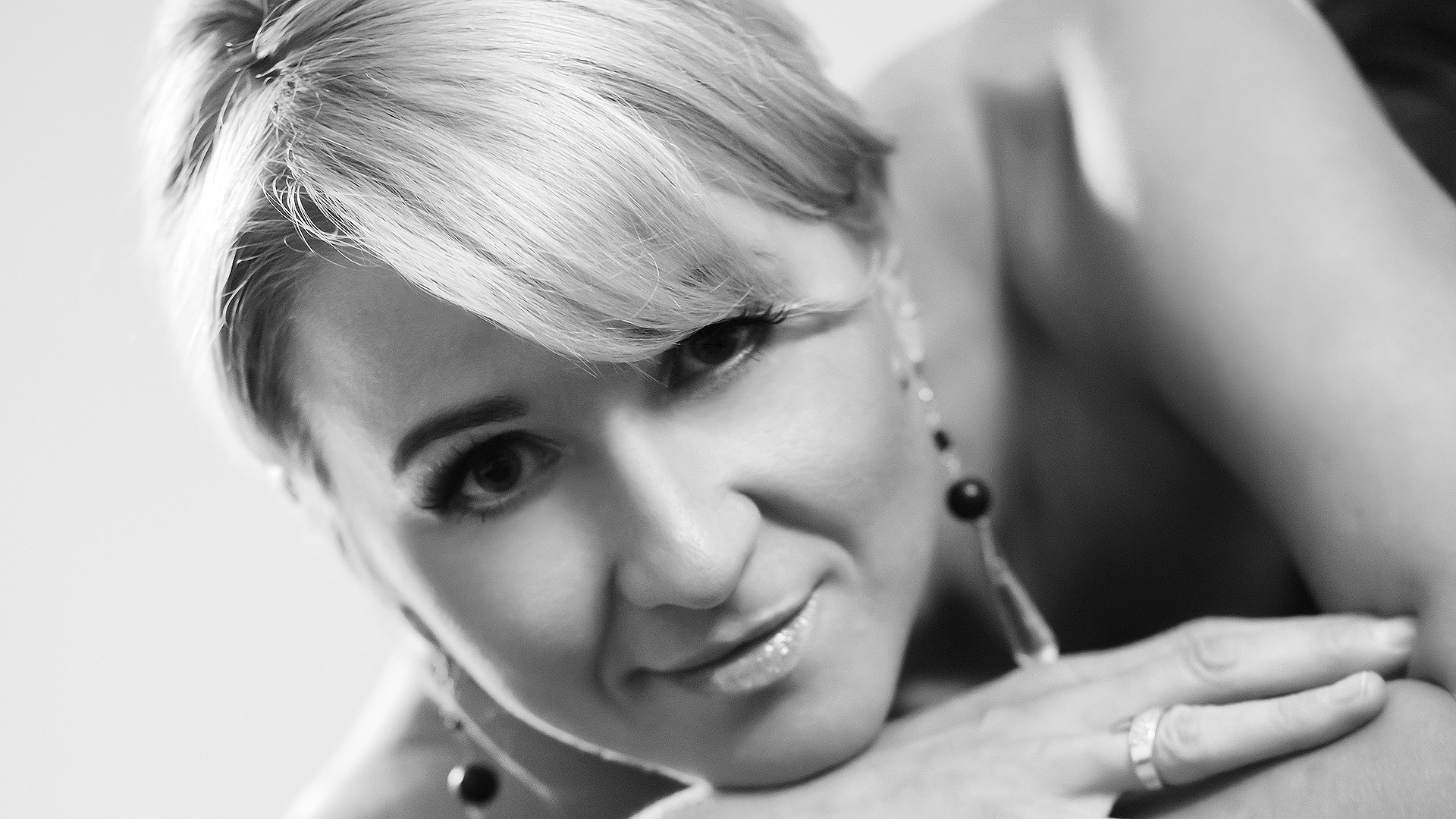
Następny obrazek

Concerts
The GRAMOPHONE, Great Britain 08/2005
John Allison
Penderecki's varied styles are all here, and all are faithfully reproduced.
Few major contemporary composers have met with such a mixed response as Krzysztof Penderecki, but then few have produced quite such a mixed output. Starting out as an avant-gardist who enjoyed genuine public success, he went through a neo-Romantic phase but now treads a precarious line between adventurism and tradition - something that is reflected in this excellent new disc of the complete music for violin and piano. At just under 51 minutes duration, it underlines the fact that chamber music has never been really central to Penderecki's creativity, yet there is real substance here.
The violin and Piano Sonata of 1953 is one of his earliest works, written eight years before his breakthrough with Threnody for the Victims of Hiroshima and only published much later. Its striving, angular language may lack individuality, but the models are good mid-20th-century composers and in a bracing account such as Patrycja Piekutowska and Beata Bilinska give here the piece comes alive. This young Polish duo perform commandingly, with both players summoning up a range of colour. The slow movement is deeply felt.
The Violin and Piano Sonata No 2 was written five years ago for Anne-Sophie Mutter, and is substantial at least in length. By turns clever and empty, lively and bittersweet, it sounds a little like Shostakovich without the pain. But the finale, a good synthesis of Penderecki's styles, is hauntingly played.
Piekutowska reveals her virtuosity in a transcription of the solo-viola Cadenza (1984), but perhaps the most rewarding moments are to be found in the three Miniatures of 1959. Here Penderecki is at his scrunchy best, calling on the violinist to bend her tone, and he inspires concentrated performances from both musicians.
Penderecki's varied styles are all here, and all are faithfully reproduced.
Few major contemporary composers have met with such a mixed response as Krzysztof Penderecki, but then few have produced quite such a mixed output. Starting out as an avant-gardist who enjoyed genuine public success, he went through a neo-Romantic phase but now treads a precarious line between adventurism and tradition - something that is reflected in this excellent new disc of the complete music for violin and piano. At just under 51 minutes duration, it underlines the fact that chamber music has never been really central to Penderecki's creativity, yet there is real substance here.
The violin and Piano Sonata of 1953 is one of his earliest works, written eight years before his breakthrough with Threnody for the Victims of Hiroshima and only published much later. Its striving, angular language may lack individuality, but the models are good mid-20th-century composers and in a bracing account such as Patrycja Piekutowska and Beata Bilinska give here the piece comes alive. This young Polish duo perform commandingly, with both players summoning up a range of colour. The slow movement is deeply felt.
The Violin and Piano Sonata No 2 was written five years ago for Anne-Sophie Mutter, and is substantial at least in length. By turns clever and empty, lively and bittersweet, it sounds a little like Shostakovich without the pain. But the finale, a good synthesis of Penderecki's styles, is hauntingly played.
Piekutowska reveals her virtuosity in a transcription of the solo-viola Cadenza (1984), but perhaps the most rewarding moments are to be found in the three Miniatures of 1959. Here Penderecki is at his scrunchy best, calling on the violinist to bend her tone, and he inspires concentrated performances from both musicians.
